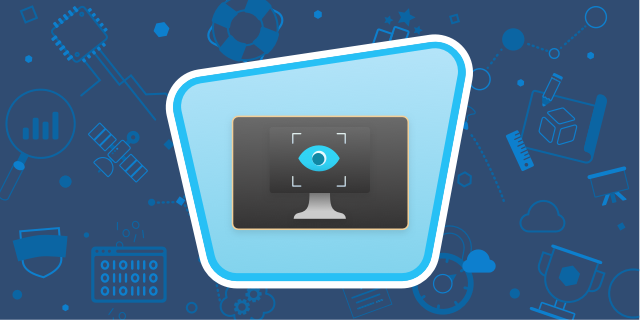Computer Vision is a course that explores the fundamentals of image processing and computer vision algorithms. It provides an overview of the techniques used to create computer vision systems, and explores the underlying mathematics and algorithms used to process images and video. In addition to learning the basics of computer vision, students will gain experience in implementing and evaluating their own computer vision systems. Topics covered include image processing, feature extraction and description, object detection and recognition, tracking, and 3D reconstruction. You should contact augmentedstartups.com, which will provide you with these types of courses for your needs.
Types of Computer Vision Algorithms
- Object Detection: Object detection algorithms are used to detect and classify objects within an image or video. They identify objects such as cars, people, animals, and furniture in images.
- Image Recognition: Image recognition algorithms use artificial intelligence to recognize objects in an image. They can identify not only objects, but also faces, text, and even emotions.
- Image Segmentation: Image segmentation algorithms divide an image into multiple segments and identify the boundaries between them. This helps to separate objects and backgrounds for more accurate analysis.
- Optical Character Recognition (OCR): OCR algorithms are used to extract text from images. They can recognize and extract characters from images and convert them into text.
- Facial Recognition: Facial recognition algorithms use AI to recognize and identify human faces in images. They are used in security systems to recognize and authenticate users.
- Action Recognition: Action recognition algorithms are used to identify and classify human actions in videos. They can recognize and categorize activities such as walking, running, or jumping.
Applications of Computer Vision
- Autonomous Vehicles: Computer vision is used to develop autonomous vehicles, which are capable of recognizing objects in their environment and navigating without human input.
- Medical Imaging: It is used in medical imaging to diagnose diseases, such as cancer, more accurately and quickly.
- Facial Recognition: It is used to perform facial recognition, which is used in security systems to identify people.
- Robotics: IT is used in robotics to enable robots to perceive and interact with their environment.
- Augmented Reality: It is used in augmented reality systems to recognize objects in the real world and overlay virtual information onto them.
- Image Search: It is used in image search technologies to enable users to search for images by their content.
Understanding Image Processing
Image processing is the manipulation of digital images by using various algorithms, such as color and contrast correction, brightness and sharpening, and other operations. It is used to change the appearance of an image or enhance its features. Image processing can be used for a variety of purposes, including medical imaging, satellite imaging, surveillance, and facial recognition. Image processing can also be used to improve the quality of an image, reduce noise, or add special effects.
Utilizing Machine Learning for Computer Vision
Machine Learning can be used for a variety of tasks in Computer Vision. One of the most common uses for Machine Learning in Computer Vision is for object recognition and classification. Machine Learning algorithms can be used to identify objects in images and videos and classify them accordingly. Additionally, Machine Learning can be used for image segmentation, which is the process of separating an image into its constituent parts. This can be useful for labeling different objects in an image, or highlighting certain features in an image. Other applications of Machine Learning in Computer Vision include facial recognition, automated object tracking, and object tracking in 3D.
Conclusion
Computer Vision is a fascinating and complex field of study, but one that can be incredibly rewarding. With the right guidance and resources, anyone can develop the skills and knowledge necessary to become an expert in the field. By taking a Computer Vision course, you can gain comprehensive knowledge of the fundamentals of computer vision and develop the skills necessary to apply this knowledge to real-world applications.
